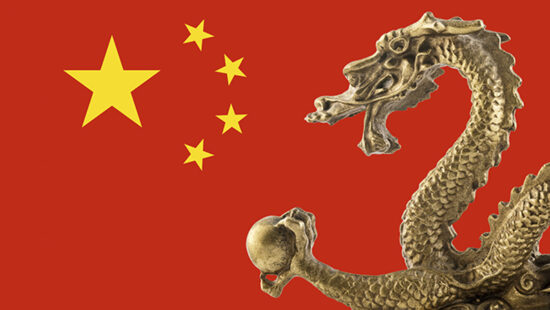With Q1 2015 resulting in China’s lowest quarterly GDP growth for six years, alongside the government slashing taxes on imports in order to boost domestic consumer spending, the outlook does not look particularly good.
However, according to Lee, manager of Barings’ Asset Management’s Eastern Trust, this is not a reflection of stilted consumption growth – conversely, it is quite the opposite, with the Chinese spending more than ever in neighbouring economies.
Getting their wings
“A key reason to invest in Asia is the secular growth of consumption,” said Lee.
“Even today there is still strong Chinese passport control, and this is the first generation that is really able to travel overseas – the world is about to be hit a wave of Chinese tourism.”
The numbers of Chinese heading abroad is increasing, with the numbers visiting the to eight holiday destinations jumping 81.4% between 2010 and 2014, and as more people head abroad, the wider the catchment area becomes.
“If you are a Chinese consumer making your first overseas trip, it is unlikely that you will go to Patagonia,” explains Lee. “You are going to stay close to home in your comfort zone, such as places like Hong Kong and Macau. Next you go to South Korea and Japan, and as you get more confident and experienced that zone of comfort widens, and it is now expanding to South East Asia.
“Since 2010, Thailand has gone from the eighth-most visited destination by Chinese tourists to the third-most visited.
“In addition, the pattern of Chinese tourism spending is changing. For example, the average French, German and British tourist that goes to Thailand spends around 18 days there, but they spend an average of 3500 baht per day, which is just over $100. However, the average Chinese traveller goes for eight days and spends just over 5000 baht per day – the Chinese tourist wants to go shopping and spend money.”
With overweights in Indonesia, the Philippines and Thailand, alongside 9.9% of the trust invested in consumer discretionary, Lee is playing this upwards flux in Chinese tourism by targeting direct beneficiaries.
“One play is an airport company called Airports of Thailand, which is the major airport operator in Thailand,” he expands.
“It is a ‘toll-road’ operator – every person that goes through their airports means the company gets ‘x’ amount of money. AOT also controls the duty-free shops and airport concessions, so it stands to benefit from the very strong growth in Chinese tourism.”
Cheap frills
The gap between Asia ex-Japan’s producer price index and the consumer price index is continuing to widen, leading manufacturers’ profit margins to more than double in the past year.
It is this trend, says Lee, that in conjuntion with low commodity prices is providing a strong tailwind to the industrials sector, where he holds a 3.1% overweight.
“What we have noticed in recent years is that the so-called ‘commodities boom’ has abated,” he said. “People are not talking about $300 per barrel of oil or $3000 per ounce of gold anymore.
“With commodity prices either flat or going down, if you are a manufacturer in this environment and product prices are not going down as fast as the raw material prices – everything else being equal – you should be seeing better margins.
“If we look at the PPI and CPI, while CPI is falling, PPI is falling faster. Asia is the manufacturing centre of the world, and in this global economic grow-back environment northern Asian manufacturers in China, South Korea and Taiwan should benefit.”







